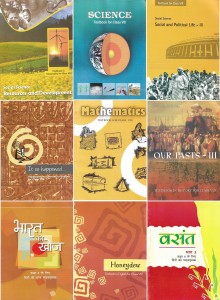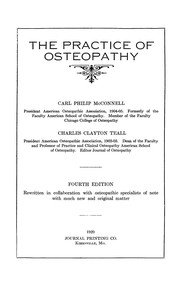T Tauri's Great Dimming: Astronomers Study Young Star's Potential Disappearance
The young star T Tauri, located 471 light-years from Earth, is experiencing a significant dimming event. The cause is a thick dust and gas disk blocking its light, with astronomers predicting it may disappear from view for up to a century. This event presents an opportunity for scientists to explore the chemical makeup of planet-forming regions within the disk. The American Association of Variable Star Observers (AAVSO) encourages amateur astronomers to monitor the star’s changing brightness.

The bright protostar T Tauri, situated 471 light-years away in the Taurus constellation, is expected to vanish from view for decades. This dimming phenomenon, triggered by a thick disk of gas and dust surrounding its companion stars, could last up to a century. Astronomers have been observing this system, comprising three growing stars, for decades due to its unpredictable brightness variations and significant role in understanding protostellar evolution.
Great Dimming Expected in the T Tauri System
According to research accepted by The Astronomical Journal, the disk encircling T Tauri South A and B is moving into a position where it will obscure T Tauri North, the only visible star of the trio. T Tauri North's light has already dimmed significantly since 2016, with brightness levels dropping to magnitude 12 by 2022–2023. Dr Tracy Beck from the Space Telescope Science Institute stated in an American Astronomical Society press conference that this dimming could continue for approximately 100 years due to the stars' relative motion.
Unique Opportunity for Planetary Formation Studies
As reported by space.com, the dimming will allow astronomers to study the composition of the disk through the absorption of T Tauri North's light at specific wavelengths. Molecules within the disk will leave distinct signatures, enabling researchers to analyse the chemical environment where planets are forming. T Tauri North's own planet-forming disk, visible at a 28-degree tilt, offers additional insights into planetary systems similar to the Kuiper Belt in our solar system.
Amateur Astronomers Play a Key Role
Amateur astronomers, supported by the American Association of Variable Star Observers, have contributed extensively to monitoring the star's brightness over time. As professional telescopes are often unavailable for long-term observation, these efforts will be instrumental in tracking the ongoing dimming of T Tauri North. Scientists have encouraged enthusiasts to participate in this rare astronomical event.












)

























































